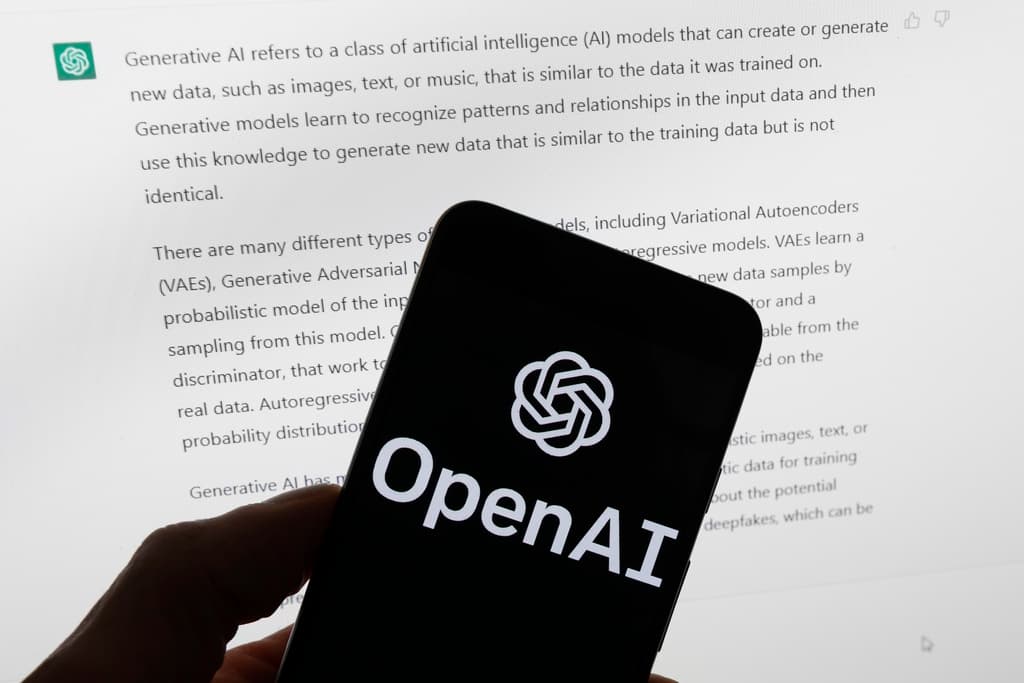Artificial Intelligence’s Toll on the Environment Is Far Worse Than You Think, Study Finds
Cooling data centers that support AI models requires millions of gallons of water annually.

As the world becomes more familiar with generative artificial intelligence, the environmental impact of the technology is coming under scrutiny.
One of the largest expenses is cooling the data centers that support AI models. These facilities require millions of gallons of water annually. For instance, Microsoft estimates that its Goodyear, Arizona, data center will consume around 56 million gallons of drinking water each year, a notable figure for an area already facing water scarcity, Wired reports.
The website highlights the inefficiency of data centers compared to household water use. “The water that is available for people to use is very limited,” an AI researcher at UC Riverside, Shaolei Ren, told the magazine. “It’s just the fresh surface water and groundwater. Those data centers, they’re just evaporating water into the air.”
“When we get the water from the utility, and then we discharge the water back to the sewage immediately, we are just withdrawing water — we’re not consuming water. A data center takes the water from this utility, and they evaporate the water into the sky, into the atmosphere.”
Despite these considerable resources, the everyday benefits of AI, such as chatbots and image generators, are often debated. Google’s AI search summaries, for example, have been criticized for lacking accuracy while using significantly more energy than traditional search methods.
“In the back end, these algorithms that need to be running for any generative AI model are fundamentally very, very different from the traditional kind of Google Search or email,” said an AI researcher at the University of Washington, Sajjad Moazeni.
“For basic services, those were very light in terms of the amount of data that needed to go back and forth between the processors,” he said.

